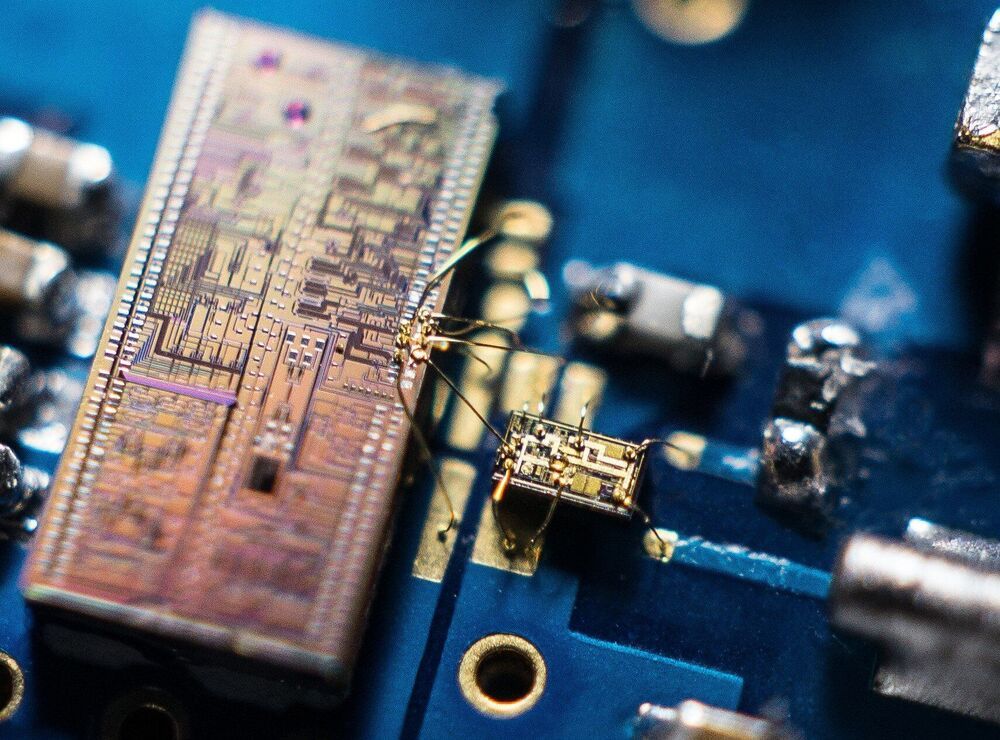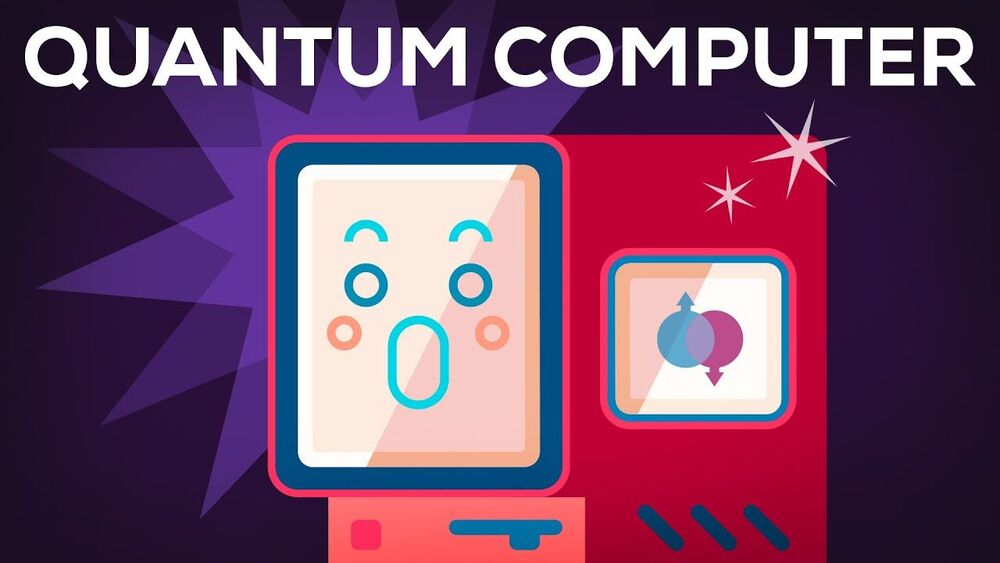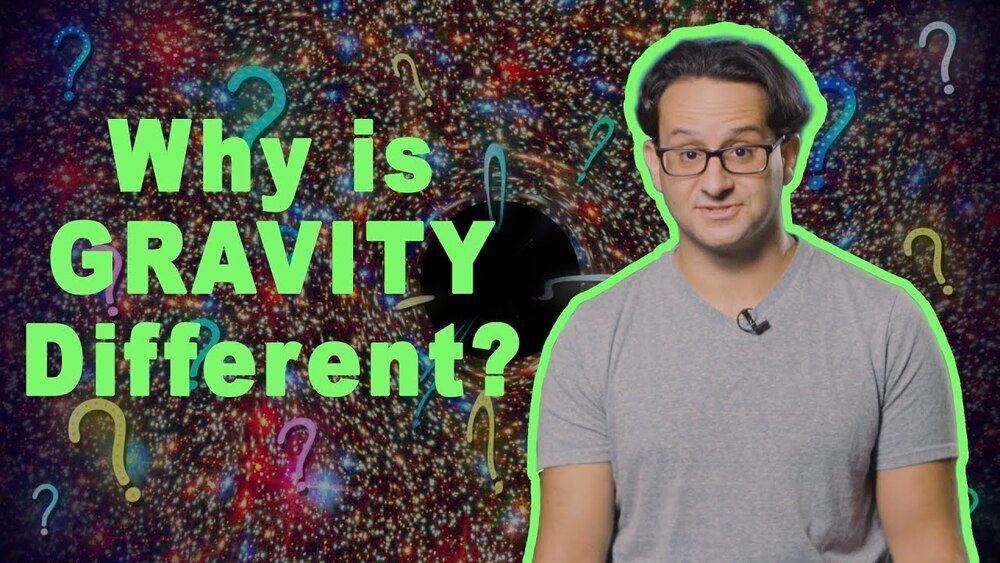While researchers have conducted countless studies exploring the interaction between light waves and bound electron systems, the quantum interactions between free electrons and light have only recently become a topic of interest within the physics community. The observation of free electron-light interactions was facilitated by the discovery of a technique known as photon-induced near-field electron microscopy (PINEM).
Although some experiments using PINEM methods have yielded interesting results, the free-electron light interactions observed so far are fairly weak. This is mainly because PINEM methods gather localized and near-field measurements without addressing the velocity mismatch between free electrons and light, which is known to limit the strength of their interaction.
Researchers at Technion–Israel Institute of Technology have recently observed a strong interaction between free electron waves and light waves, using a hybrid electron microscope they developed. Their observation of coherent electron phase matching, which is also a type of inverse-Cherenkov interaction, demonstrates how the nature of electron wavefunctions can alter electron-light interactions.









